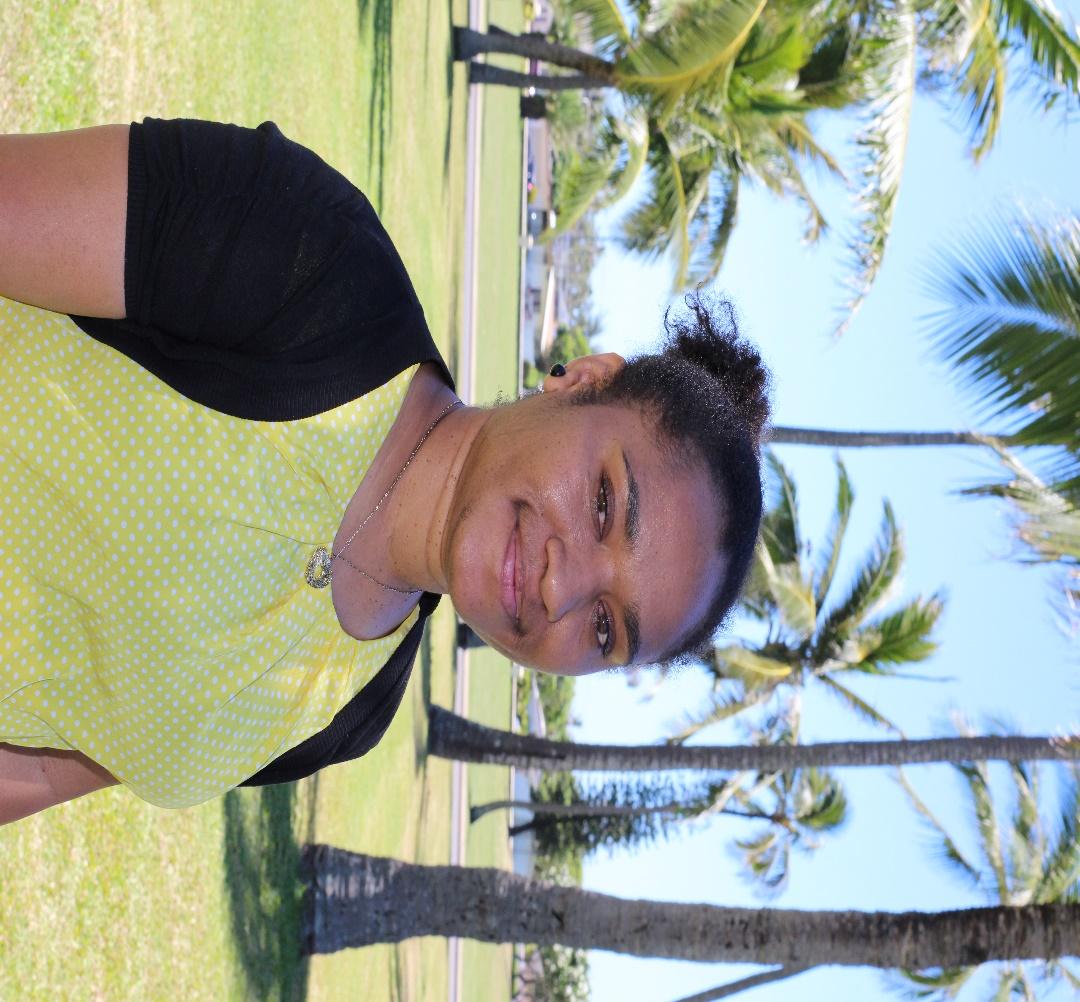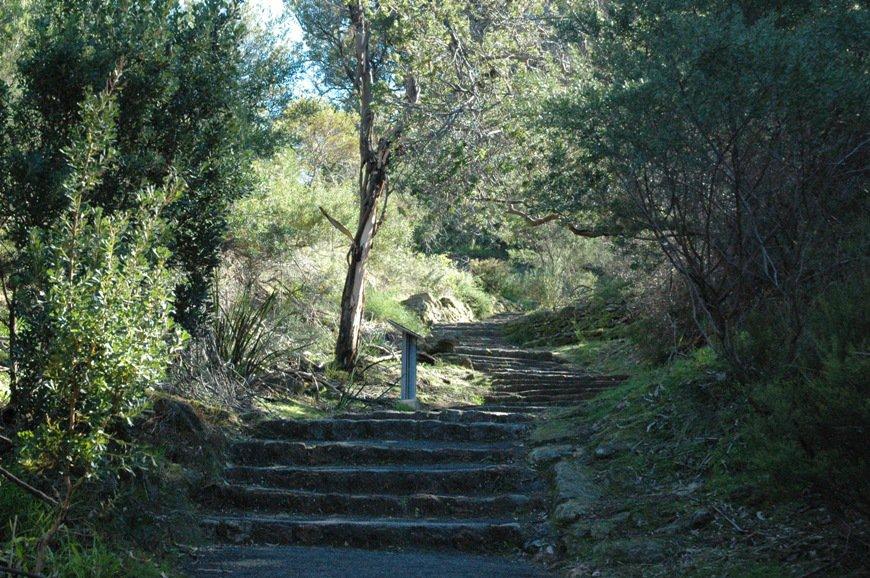My name is Cathy and I’m from Papua New Guinea. Papua New Guinea is an Island nation in the south pacific and it is the second largest island in the world. It is located north of Australia which is our neighboring country. Like Finland and Russia, we are also sharing a border with Indonesia. I am studying here in BYU Hawaii as a Business Major emphasis in Human Resource Management and minor in Information System. I am currently working as a Student Lead at the Polynesian Cultural Center (PCC). My Island country consist of 22 provinces and 800 different languages. Our common language or national language is called pidgin and it’s a mixture of English, German and our own languages. I speak four different languages plus I can understand three others but can’t speak it well. I love Hawaii, it’s just like home but has a much cooler temperature than New Guinea. Because, New Guinea is situated next to the equator it is mostly hot during the months of March to October and cooler around November to February. Papua New Guinea is known for it’s mountain ranges and up in the highlands areas it is always ice cold through out the year. All the highlands provinces experience icy cold weather all year around.
Main Tourist Attraction
One of the main tourist attractions that we have back home is the beautiful Bomana War Cemetery. These graves are for all those soldiers who died in the world war II or the Pacific War. Most tourist go there to pay respect to their fore fathers who have fought in the war and lost their lives. They also pay respect to the brave young soldiers who were brave enough to go to war. Having visited this cemetery, I can say that it is one of the beautiful cemeteries that was built. Most of the soldiers were very young under the age of 15 to 19. Mostly Australian soldiers who came to fight against the Japanese soldiers that wanted to take control of Port Moresby. The battle was fought around late July and early August 1942. The Australians won the battle when they landed at the top of the Kokoda mountain called Gallipoli. 
The significance of this track is that, without it, Japan would have taken control of Port Moresby. The Kokoda track or trail is a famous tourist attraction today. This is the track that the Australian soldiers used to fight with the Japanese and carry their supplies up and down with the help of the Papua New Guineans who were called the “Fuzzy Wuzzy angels”. This name was given by Australian soldiers to Papua New Guineans who war carriers, who during WWII were hired to bring supplies to the front and carry injured Australian troops down the Kokoda track. This event is commemorated every year as the ANZAC DAY CELEBRATION. This day is celebrated in Papua New Guinea, Australia and New Zealand to remember our fore fathers and how brave they were during the WWII. 
This is Gallipoli were the Australian troops first landed to fight the Japanese.
No comments:
Post a Comment